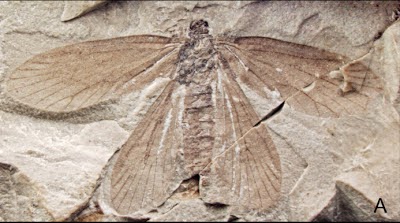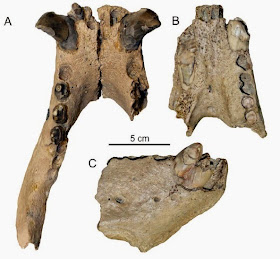Thirty two people are known to have died in the southern and midwestern United States after a series of tornadoes struck on the evening of Sunday 27 April and morning of Monday 28 April 2014. Most of the fatalities occurred around Little Rock, where a single storm system carved a 130 km trail of destruction to the north and west of the city. The Little Rock storm is thought likely to have reached at least a three on the on the Enhanced Fujita scale (or an EF-3 tornado). Such a tornado is associated with winds of 218-266 km per hour (61-73 meters per second), and is capable of damaging most ordinary homes.
In Mayflower, to the west of Little Rock, Rob Tittle and his daughters Tori (20) and Rebekah (14) were killed when the tornado destroyed their home, leaving only foundations, one of about 45 homes destroyed in the town. Six other family members are said to have required hospital treatment.
In the suburb of Vilonia to the north of the city Daniel Wassom (31) was killed by a piece of lumber that struck his home, and Cameron and Tyler Smith (9 and 7 respectively) were killed when their home was destroyed by the tornado. A total of six people are said to have died in the town, with many more injured or made homeless.
Damage caused by a tornado in the town of Mayflower, Arkansas on Sunday 27 April 2014. Danny Johnson/AP.
In Alabama at six people died when a tornado hit the Billy Bob Trailer Park west of Athens in Limestone County on Monday 28 April, and another 17 required hospital treatment. The tornado also hit an electricity substation, and leaving about 14 600 people without power.
In southwest Iowa a woman was killed when a building collapsed in high winds near Kinross. A number of other people were also injured and other buildings damaged.
In Kansas at least one person was killed and 34 injured when an EF2 tornado hit the town of Baxter Springs in the southeast of the state on Sunday evening. About 100 homes and 12 businesses were damaged or destroyed by the storm, which has left 40% of the town without electricity and 93% without gas supplies.
Tornado near Baxter Springs, Kansas, on Sunday 27 April 2014. KMBC.
In Mississippi seven people are thought to have died and 45 required hospital treatment after a string of tornados across the state, and around 19 000 people have been left without electricity.
In Oklahoma two people were killed and six injured after a tornado struck the town of Quapaw in Ottowa County (about 10 km south of Baxter Springs, Kansas). One of the deceased has been named as John Brown (68), who was crushed when a wall collapsed onto his car.
Tornados were also reported in a number of other US states. One person was injured and several homes damaged in northwest Louisiana, while tornados were observed but no damage reported in Missouri, Georgia and Tennessee.
Tornadoes are formed by winds within large thunder storms called super cells. Supercells are large masses of warm water-laden air formed by hot weather over the sea, when they encounter winds at high altitudes the air within them begins to rotate. The air pressure will drop within these zones of rotation, causing the air within them so rise, sucking the air beneath them up into the storm, this creates a zone of rotating rising air that appears to extend downwards as it grows; when it hits the ground it is called a tornado.
Tornadoes can occur anywhere in the world, but are most common, and most severe, in the area of the American mid-west known as 'Tornado Ally', running from Texas to Minnisota, which is fueled by moist air currents from over the warm enclosed waters of the Gulf of Mexico interacting with cool fast moving jet stream winds from the Rocky Mountains. Many climatologists are concerned that rising temperatures over the Gulf of Mexico will lead to more frequent and more severe tornado events.
See also....


























+Apophis+2.jpg)
.jpg)






+Apophis+2.jpg)
.jpg)















